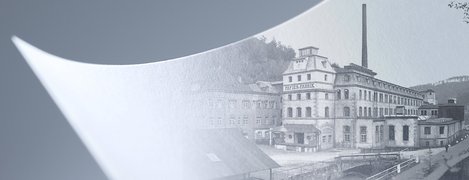

History Königstein
With a glance at the picturesque little town of Königstein, it’s hard to imagine it has been producing paper for over 450 years. One of the oldest paper plants in Germany, the facility has been equipped with state-of-the-art technologies as part of Louisenthal and the G+D group.
1569 to 1969
Königstein, near Dresden, has a centuries-long history of paper production that starts with the construction of a paper mill whose first documented mention goes back to 1569. Industrialisation finds its way to the mill in 1861 with the installation of the first papermaking machine. Factory owner Hugo Hoesch kicks off production of premium fine paper and moves into the banknote paper sector from 1914. The business continues operations until 1944.
After the war, all the machinery and equipment in the factory is dismantled and shipped to the then Soviet Union as part of post-war reparations. But just one year later, the paper mill is rebuilt and called VEB Feinpapierfabrik Königstein. It starts with a second-hand machine but goes from strength to strength and installs a new cylinder mould papermaking machine in 1969. This is used for the production of banknote and identity document paper for the former East Germany.

First documented mention of Königstein
Production of banknote paper
Cylinder mould paper machine goes online for the production of banknote and identity document paper for the former East Germany

1991 to present
Following the reunification between East and West Germany in 1991, the Königstein facility is acquired by Louisenthal and integrated into the G+D group on June 1, which provides Königstein with access to an international customer base. In the next two years, the Königstein product range is aligned with the Louisenthal portfolio of banknote and security paper.
G+D invests in new technology for the factory and converts its Fourdrinier machine to cylinder mould technology in 1994. Soon after, its finances achieve break-even point. In 1996, the facility pioneers a new continuous bleaching process which was unique in the paper industry at that time. The Louisenthal and Königstein plants merge their business operations in 1997 and the facility is renamed as Papierfabrik Louisenthal, Königstein Works. By 2000, Königstein’s production volume equals that of Louisenthal.
In 2009, the Königstein facility inaugurates the new PM4 paper machine – the world’s fastest and most innovative banknote paper machine.

Integration into G+D group on June 1, which provides access to international customers
Merger of Louisenthal and Königstein plants; new name: Papierfabrik Louisenthal, Werk Königstein
Königstein‘s production volume equals that of Louisenthal
